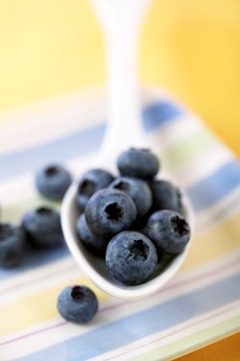 A new e-learning module focusing on practical foodservice uses for this fascinating fruit launches on the CIA ProChef Web site.
A new e-learning module focusing on practical foodservice uses for this fascinating fruit launches on the CIA ProChef Web site.
Courtesy of CIAprochef.com
The U.S. Highbush Blueberry Council (USHBC) announces “Blueberry Kitchen: Contemporary Recipes,” a new, easy-access online curriculum developed in partnership with The Culinary Institute of America (CIA). The program includes entertaining and informative video instruction by the CIA’s Chef Scott Samuel, who demonstrates preparation of 14 innovative blueberry dishes spanning breakfast, salads, entrées, cocktails and desserts. Designed for chefs, foodservice professionals and culinary educators, “Blueberry Kitchen” is on the CIA ProChef website at www.ciaprochef.com/blueberries.
In addition to recipe know-how, the ProChef site delivers inspiration for incorporating blueberries into world cuisines and offers ideas for adding various forms of blueberries, including fresh, frozen, dried and juice, to add blueberry flavor, color and nutrition to year-round menus.
“Blueberries are a fascinating fruit,” says Samuel. “As I worked with them in the kitchen—cooking, blending, baking, adding spices and other ingredients—I learned how they behave and incorporated what I learned into the program content.”
“Blueberry Kitchen” also links to the USHBC site, www.littlebluedynamos.com, where further blueberry information is available for foodservice and consumers, and foodservice pros can sign up to receive Blue Plate Special, the quarterly e-newsletter from the USHBC.
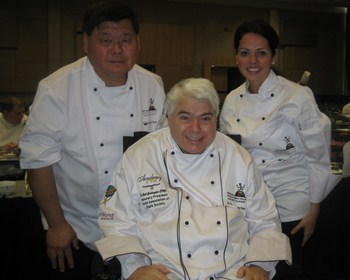 The president of the American Culinary Federation led an entourage of U.S. chefs to partake in and contribute their talents to the Bidvest World Chefs Tour Against Hunger in South Africa in August.
The president of the American Culinary Federation led an entourage of U.S. chefs to partake in and contribute their talents to the Bidvest World Chefs Tour Against Hunger in South Africa in August.
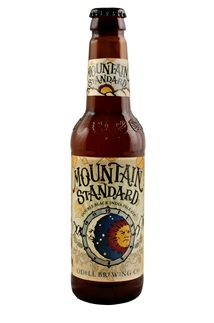 One of the industry’s earliest trends forecasts for next year predicts we’ll say hello to sheep’s-milk cheese and local beers and goodbye to “molecular gastronomy” and “foodie.”
One of the industry’s earliest trends forecasts for next year predicts we’ll say hello to sheep’s-milk cheese and local beers and goodbye to “molecular gastronomy” and “foodie.”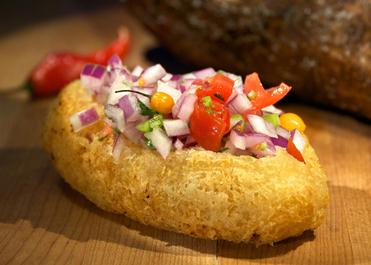 This year’s Latin Flavors, American Kitchens Conference emphasized cuisines from Argentina to Guatemala and identified hot trends: handheld foods, smoke, bar foods and Cocktails.
This year’s Latin Flavors, American Kitchens Conference emphasized cuisines from Argentina to Guatemala and identified hot trends: handheld foods, smoke, bar foods and Cocktails.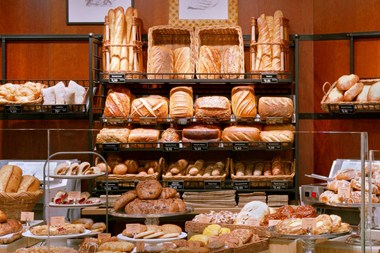 In a zero-growth environment, this fast-casual sub-segment continues gaining market share.
In a zero-growth environment, this fast-casual sub-segment continues gaining market share.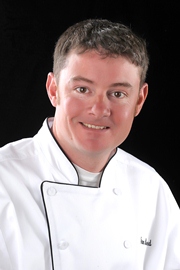 The chef de cuisine of Corn Maiden restaurant near Santa Fe dispels some myths and misconceptions of working with chiles—while talking up their strategic use as a flavor enhancer—in menu development.
The chef de cuisine of Corn Maiden restaurant near Santa Fe dispels some myths and misconceptions of working with chiles—while talking up their strategic use as a flavor enhancer—in menu development. The NRA says the CSPI-sponsored Food Day need not be limited to one day a year. Indeed, there’s much to celebrate in light of 10% of Americans working in the restaurant industry and restaurants’ dedication to providing healthier menu options.
The NRA says the CSPI-sponsored Food Day need not be limited to one day a year. Indeed, there’s much to celebrate in light of 10% of Americans working in the restaurant industry and restaurants’ dedication to providing healthier menu options. Case studies, whether already prepared or created by you or your students, are a wonderful way to force students to interpret and analyze industry situations that are new to them—and often missing from their books.
Case studies, whether already prepared or created by you or your students, are a wonderful way to force students to interpret and analyze industry situations that are new to them—and often missing from their books.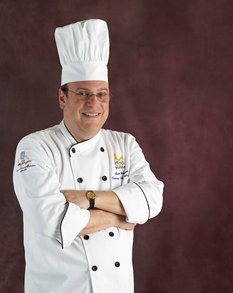 Your students will groan with shock and surprise to learn that for every $100 in sales a foodservice operation earns only $4 to $7. But your job is to show them the real world they’re training to excel in.
Your students will groan with shock and surprise to learn that for every $100 in sales a foodservice operation earns only $4 to $7. But your job is to show them the real world they’re training to excel in. A new e-learning module focusing on practical foodservice uses for this fascinating fruit launches on the CIA ProChef Web site.
A new e-learning module focusing on practical foodservice uses for this fascinating fruit launches on the CIA ProChef Web site.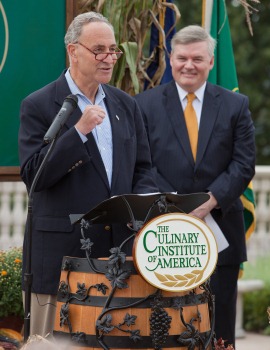 Senator Schumer launches a push to secure new funding to help The Culinary Institute of America and Hudson Valley farmers get products on local shelves and into local restaurants.
Senator Schumer launches a push to secure new funding to help The Culinary Institute of America and Hudson Valley farmers get products on local shelves and into local restaurants.